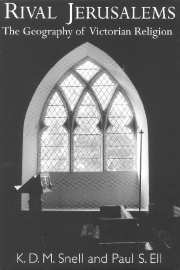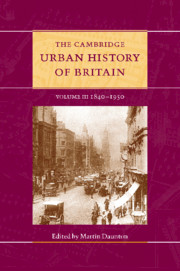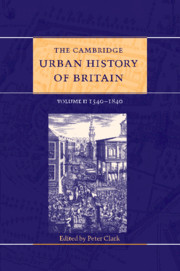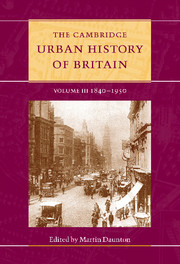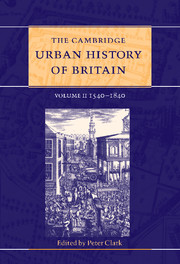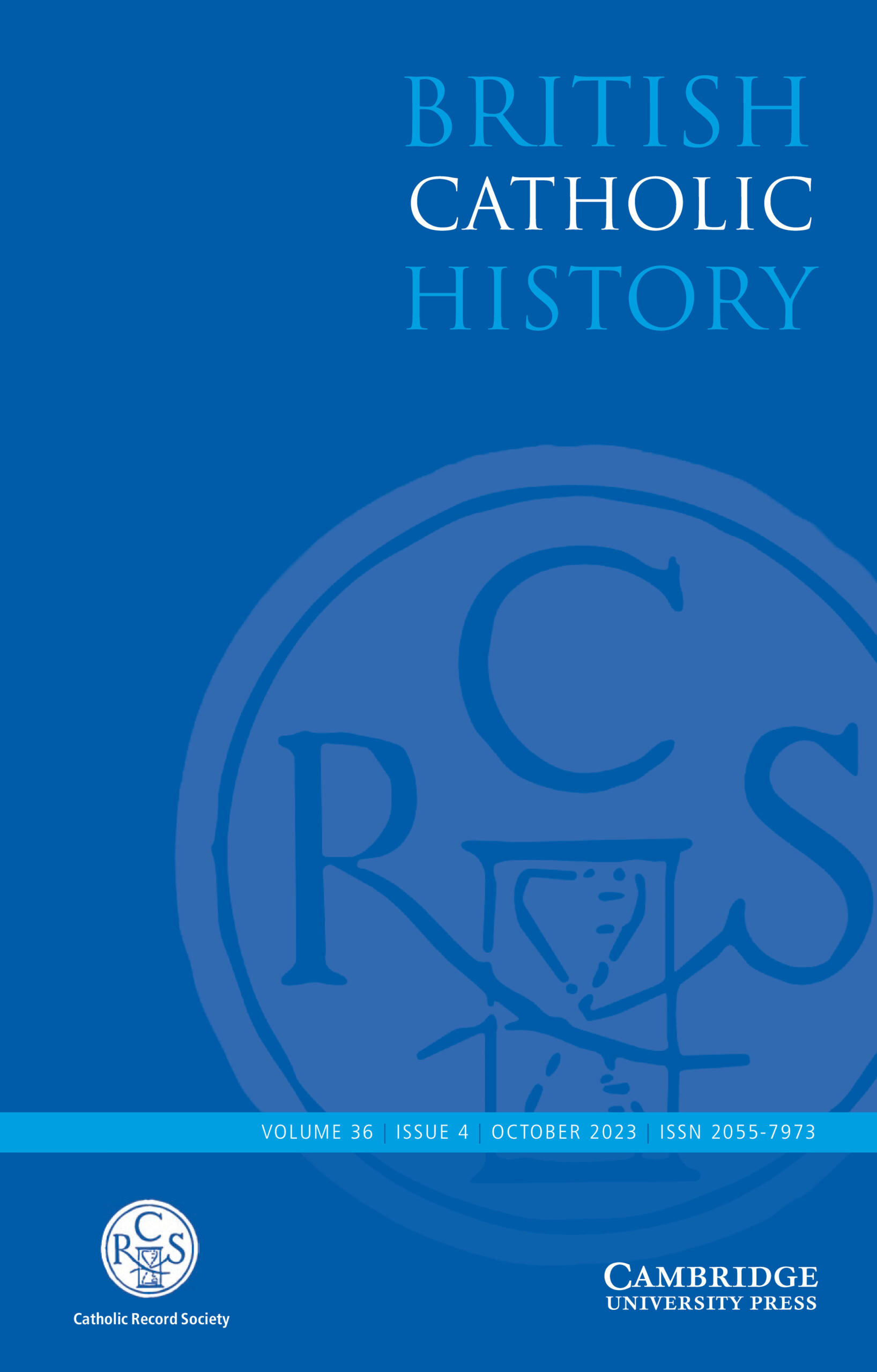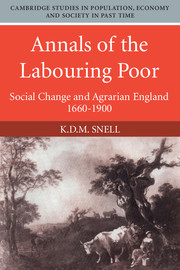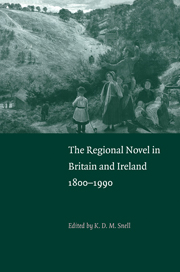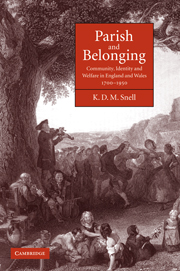Rival Jerusalems
This pioneering book is based upon very extensive analysis of the famous 1851 Census of Religious Worship and earlier sources such as the 1676 Compton Census. The authors stress contextual and regional understanding of religion. Among the subjects covered for all of England and Wales are the geography of the Church of England, Roman Catholicism, the old and new dissenting denominations, the spatial complementarity of denominations, and their importance for political history. A range of further questions are then analysed, such as regional continuities in religion, the growth of religious pluralism, Sunday schools and child labour during industrialisation, free and appropriated church sittings, landownership and religion, and urbanisation and regional 'secularisation'. This book's advanced methods and findings will have far-reaching influence within the disciplines of history, historical and cultural geography, religious sociology and in the social science community general.
- A complete geography of religion of England and Wales, with exhaustive analysis of many religious questions and debates
- Includes innovative technical qualities such as computerised analysis of very large datasets, and advanced religious cartography
- Groundbreaking interdisciplinary approach to the history of religion, covering in particular history, geography, sociology and religious studies
Reviews & endorsements
"it is a merit of this lucid and well organized book, which is distinguished by its excellent maps, that the sophisticated statistical techniques that are employed in it take full account of, and explore the vagaries of a set of material that emanated from a variety of local circumstances. These techniques are fully explained in text, footnotes, and appendices, but the regional emphasis, which is a strength of the book, means that its authors remain fully alert to the varieties of experience as well as behavior that lie behind the figures, and which are as important an influence on religious life as the social and economic conditions that they also discuss." Catholic Historical Review
"The author of this book have taken this unique snapshot and turned it into a richly nuanced portrait of religious practice in England and Wales....the material on this is used to good effect in the book." Catholic Historical Review Oct 2001
"...monumental...What the authors have done is to open up new dimensions of religious history, both regional and quantitative. In this sense, their work is indeed pathbreaking and stands as a landmark in social science." American Historical Review
"This book is the first substantial fruits of a major research project centered on the 1851 Census of Religious Worship for England and Wales...The authors are to be congratulated both on achieving a most significant advance in the study of the census and its implications, and on a judicious caution about the provisional nature of some of their own conclusions." Anglican and Episcopal History
"An exemplary contribution to quantitative regional studies in religious history and cultural geography." Religious Studies Review
"This is a major achievement. Anyone interested in nineteenth century religion in England and Wales must read it. But better than that, anyone who disagrees with Snell and Ell can access the data and repeat the analyses." Albion
Product details
January 2005Adobe eBook Reader
9780511034312
0 pages
0kg
This ISBN is for an eBook version which is distributed on our behalf by a third party.
Table of Contents
- Introduction
- Part I. Religious Geographies: The Districts of England and Wales:
- 1. The 1851 Census of Religious Worship
- 2. The Church of England
- 3. Old dissent: the Presbyterians, Independents, Baptists, Quakers and Unitarians
- 4. The geographies of new dissent
- 5. Roman Catholicism and Irish immigration
- 6. Denominational co-existence, reciprocity or exclusion?
- Part II. Religion and Locality: Parish-Level Explorations:
- 7. The prospect of fifteen counties
- 8. From Henry Compton to Maurice Mann: stability or relocation in Catholicism and Nonconformity, and the growth of religious pluralism
- 9. The Sunday school movement: child labour, denominational control and working-class culture
- 10. Free or appropriated sittings: the Anglican church in perspective
- 11. Conformity, dissent and the influence of landownership
- 12. Urbanisation and regional secularisation
- Technical Appendices: A. Denominational statistics
- B. Correction of registration-district data
- C. The religious measures
- D. Computer cartographic methods
- E. Landownership and the Imperial Gazetteer
- F. The 1861 Census of Religious Worship?
- Bibliography.

